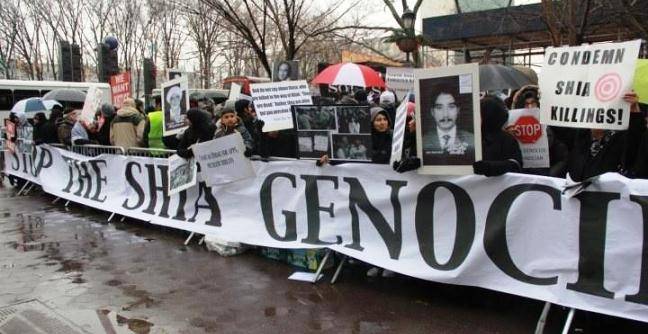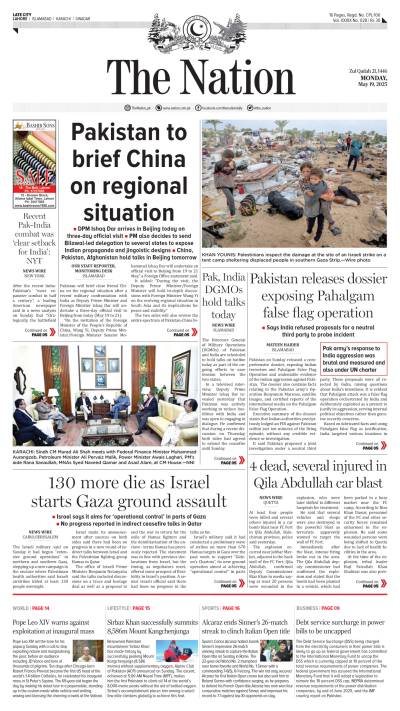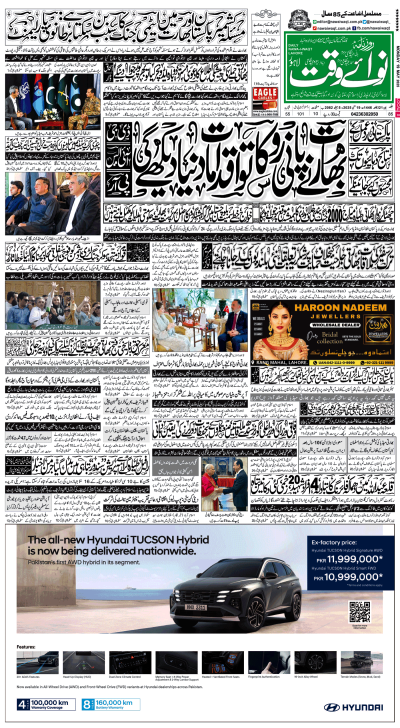The challenges faced by Shia are systemic and organised to debilitate and annihilate the Shia from practicing their religion without fear for their life or that of their loved ones.
This systemic oppression takes several forms, whether it is the inability of Pakistan’s judicial system or security apparatus to protect or bring to justice the criminals or the organizations carrying out genocidal killings, or the education system that has removed references to Shia school of thought, or media that refuse to cover the atrocities committed towards Shia, or spin the genocidal killings as sectarian or as non-religious accidental killings.
There is no compensation by the government of Pakistan to the victims of the targeted killings of the Shia. Because to do that would be to accept the failure of the system to bring to justice the perpetrators of these acts of genocide.
Incidents that have occurred throughout the years, that are a threat to freedom of religious practice and the various levels of institutional discrimination are as follows: Organizations whose mandate is to kill Shia and other religious minorities such as Tahreek-e-Taliban (TTP), Sipah –e-Sahaba (SSP)/ Ahle Sunnat Wal Jamaat (ASWJ), Lashkar-e-Jhangvi (LEJ), Jundullah, Jaish-e-Islam and other extremist splinter groups falling in the legal system. In the last 20 years, as many as 72 judges and prosecution lawyers requested to shift to another case, went on leave or refused to hear the case on personal grounds against the LeJ chief Malik Ishaq, his sons, deputy chief Ghulam Rasool and his sons. Malik was released by court on July 29, 2015 in 70 cases of killing, in which over 100 was killed.
Failings in the Legal System
There is inability of the police and security forces to effectively protect the Shia, even when death threats are being received. This is despite intelligence provided on Shia and their locations to conduct target killings.
Religious Seminaries
A large part of violence against the Shia is indoctrinated through religious seminaries. These seminaries received financial aid and arms to create a fundamentalist jihadi movement on the behest of external involvement during Ziaul Haq’s rule.
However, as these seminaries gained independence from the state they carved autonomy as well. The state did not interfere as these madrassas were conveniently used as a reserve by the army whenever they needed “foot soldiers”.
The lack of accountability and regulation of these seminaries became a breeding ground for extremists.
A study published by WestPoint on the Lashkar e Taiba (LeT) gives an insight into the specifics of militant organizations and the liaisons with madrassas, which account for 17 percent of recruits.
Hate Speech and Literature
A vast amount of hate speech originates from the seminaries; however the scope of hate speech extends far beyond the walls of a seminary. Currently in Pakistan anti-Shia speech is becoming socially acceptable and palatable for masses.
The WestPoint study indicates that Shia hate speech literature contribute towards recruitment of 12 percent of the populace.
“The vast majority of LeT’s fighters are recruited from Pakistan’s Punjab province.[…]Since 2000 there has been a strong upward trend in recruitment via family members and by 2004, this channel contributed to over 40 percent of LeT recruitment”.
Target Killings
1,957 were killed and 2,516 injured in 872 acts from Jan 2012 to Dec 2015 Sindh and Karachi remained the most hit area.
511 attacks took place in Sindh, the most among all the units, of which 472 in Karachi. As a result 711 Shia community members were killed, 595 only in Karachi, the rest of them in Shikarpur, Jacobabad, Hyderabad and other cities of interior Sindh. Baluchistan is second worst hit province with 123 attacks.
In these attacks, 590 were killed and 764 injured. On Average 218 attacks befell every year in the last four years. On average 490 Shia were killed and 630 injured.
Breaking down further, on average 70 attacks befell every month on the community and on average 160 were killed, 209 injured every month from Jan 2012 to Dec 2015. There were 22 acts of bomb blasts at processions held by Shia, killing at least 268 injuring 584 in the last four years.
Persecution
The waves of target killing Shia professionals have seen a surge in recent years. However in 2013, apart from mass scale attacks on Shias, there was a rise in killing Shia students. Some students were even killed as they entered universities.
Mehzar Zehra a 13-year-old girl was on her way to school with her father, when they were both targeted by assailants. Mehzar’s father died in front of her, while the gunshots paralyzed her waist down.
In 2014 Aitezaz Hasan a 14-year-old teenage boy embraced a suicide bomber at the front gate of his school and sacrificed his life, saving 2000 school children.
Al-Murtaza a Shia primary school, where children aged between 2 and 10 study was also the scene of a target killing. A toddler and his father were killed instantaneously when bullets were sprayed on them, at the gate of the school.
The extent of the persecution has increased so much, that due to daily harassment Shia children are scared to go school. The Shia have adopted self-segregation by living in clusters among themselves; however this has only made them more vulnerable to mass scale attacks.
Other options of renting is becoming a problem, as non-Shia owners fear their home may be targeted and are intimidated by this possibility.
To make matters worse, threatening leaflets from LeJ have been distributed in areas warning residents to vacate else they would target the Shia in their Hazara Town and Alamdar Road.
LeJ delivered on this threat in January 2013 killing 100 Shia in two mass scale attacks. Many individuals in Karachi and even in Punjab have received threat letters incased with bullets, warning them to convert to ‘Islam' or be ‘prepared to die’.
Hate speech is rampant on social media and through sermons along with the call to incite violence against Shia. It is a known fact that many splinter groups of terrorists differ on the extent of violence that should be shown to the Shia.
The barometer for violence against the Shia is ever increasing. Criminals like Malik Ishaq, despite claiming murders of Shias with pride, and vowing to continue to do so, is released by the ATC (Anti –Terrorism- Court) over 'lack of evidence'. All terrorists are roaming with impunity.
ASWJ’s leader Aurangzeb Farooqi has state protection and patronage, which is evident from the heavy motorcade and police protection he receives. Meanwhile, all police protection from prominent Shias has been rescinded, making them more vulnerable to suicide attacks, and target killings.






